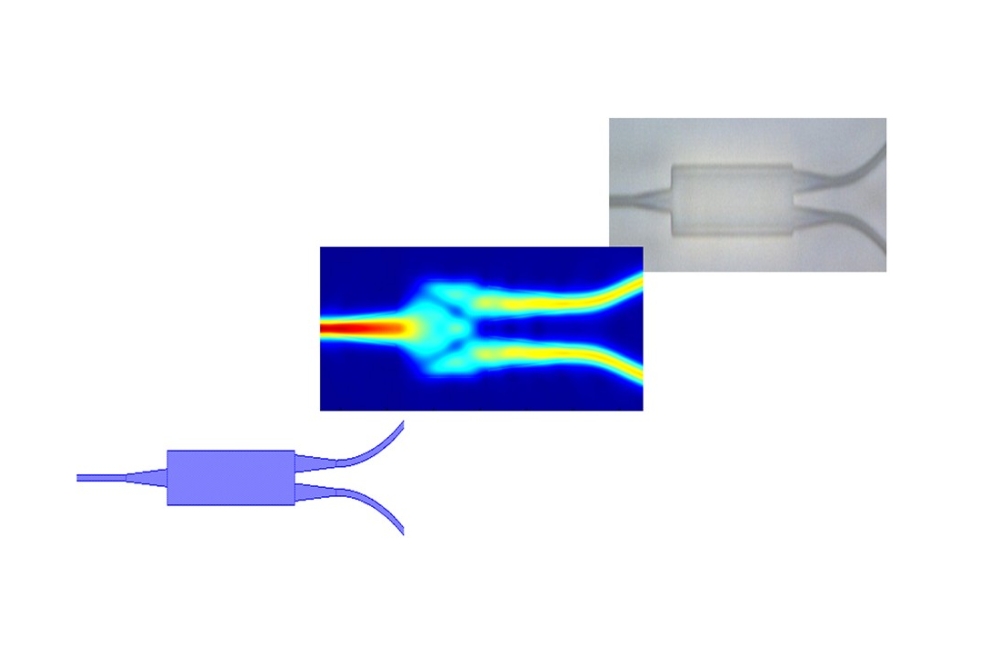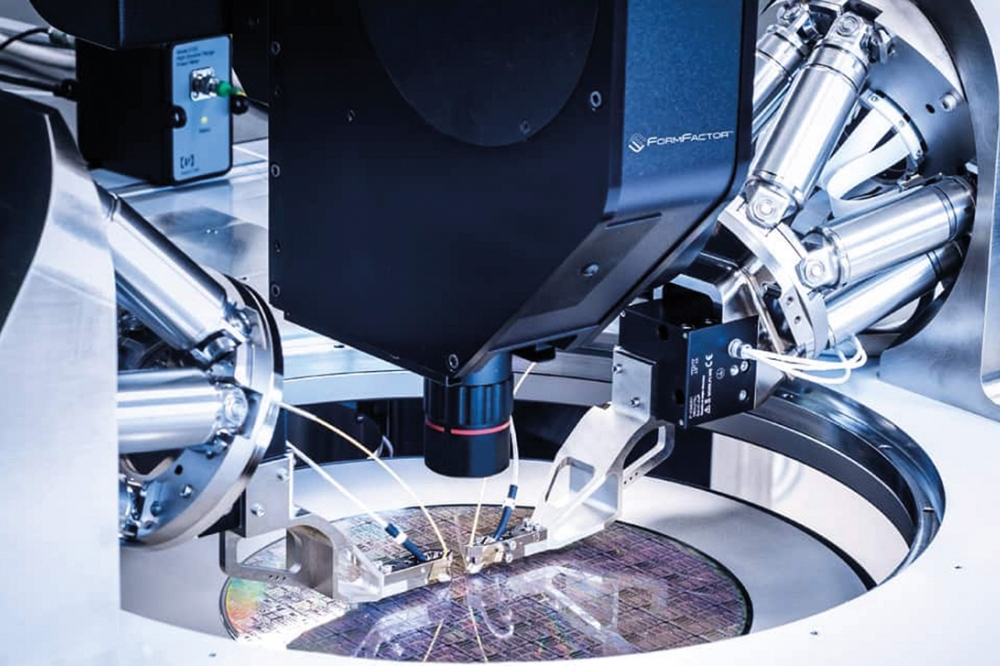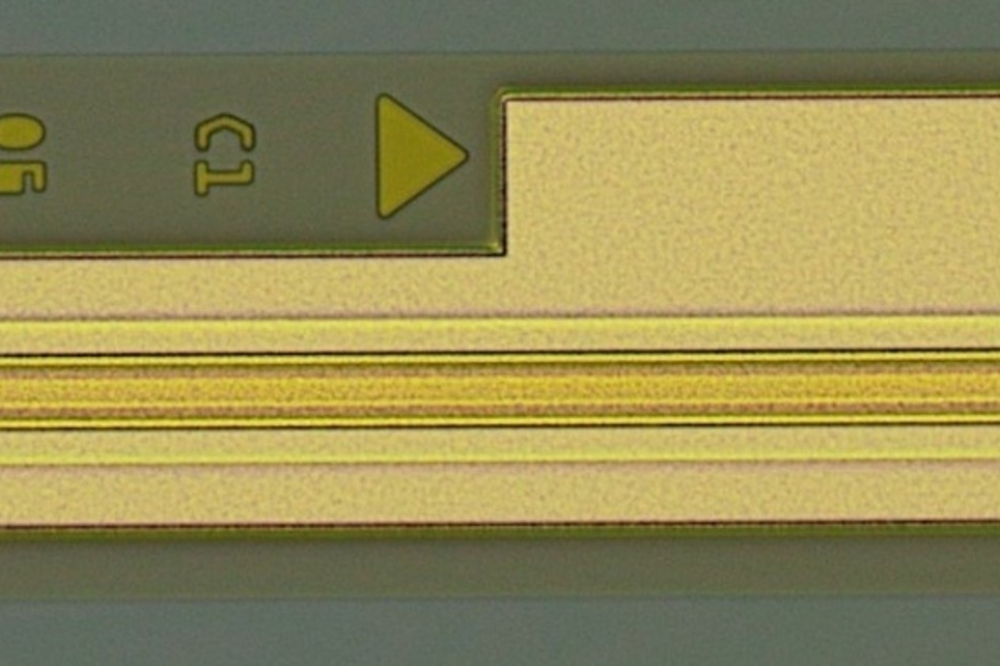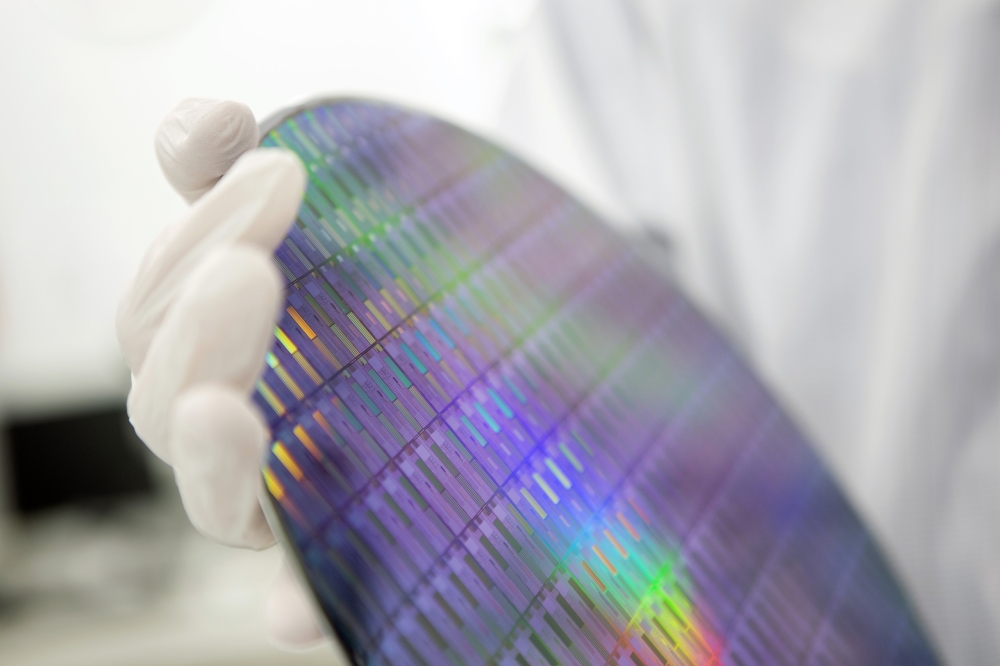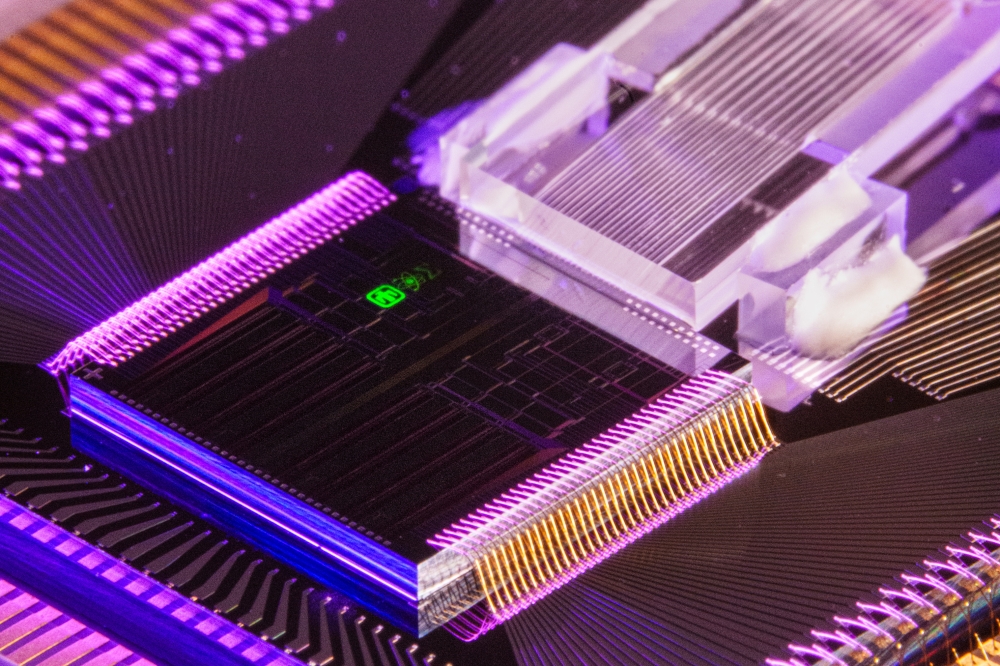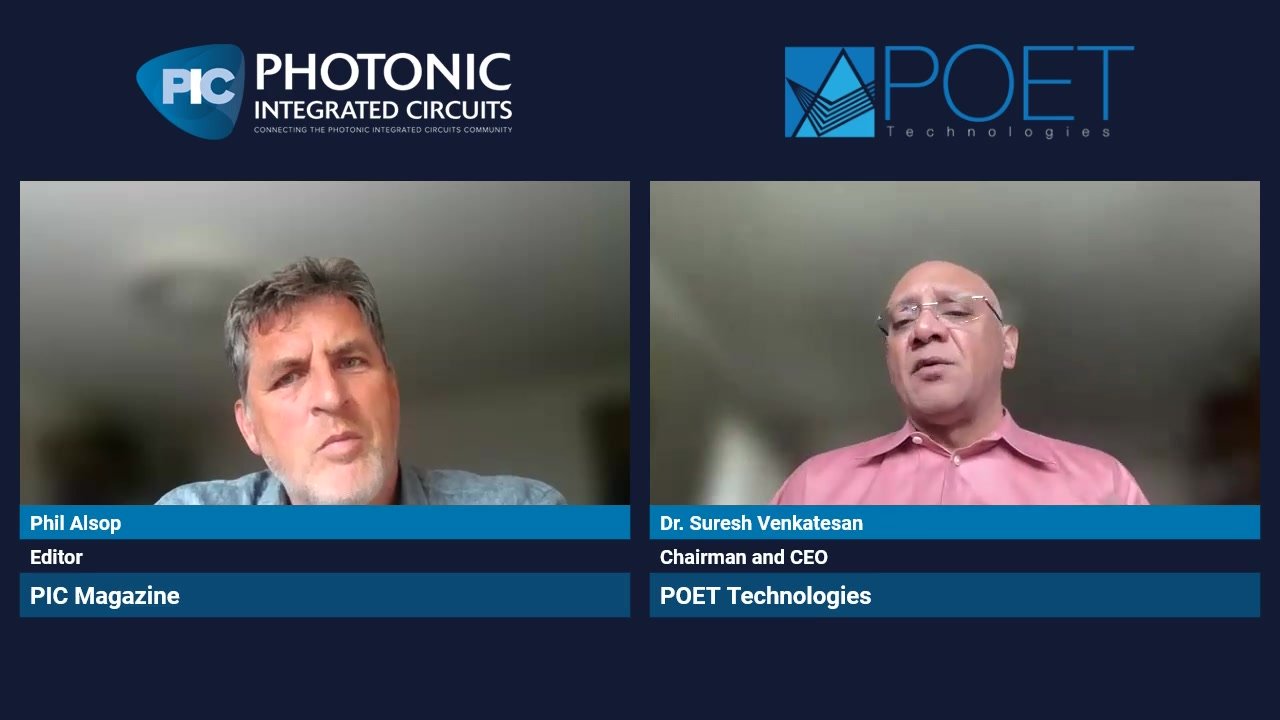Cadence, Lumerical and PhoeniX develop Photonic IC design flow

Cadence Design Systems has collaborated with Lumerical Solutions and PhoeniX to jointly develop an integrated electronic/photonic design automation (EPDA) environment for photonic ICs (PICs).
Built around the Cadence Virtuoso custom design platform, the EPDA environment enables schematic or layout-driven design flows for photonic and electronic circuits, photonic component parameter extraction and model generation, photonic circuit simulation and photonic mask layout implementation for both monolithic and hybrid 3D-IC photonic circuits.
To improve productivity, designers can capture the optical circuit in Virtuoso Schematic Editor and then use the Virtuoso Analog Design Environment to simulate the design with Lumerical's Interconnect, a time- and frequency-domain mixed-signal photonic circuit simulation engine similar to SPICE that is specially designed to account for multi-mode, multi-channel circuits prevalent in integrated photonics. The close integration with the Virtuoso Analog Design Environment can offer interactive analysis, easy design and parameterisation for fast PIC exploration, including yield analysis, according to the companies.
PIC mask layout designs present unique challenges as photonic components and circuits are very sensitive to geometry and require all angle design capabilities. PhoeniX Software's OptoDesigner photonic chip design suite is available within the Virtuoso environment, giving designers access to all OptoDesigner parameterized primitives and photonic building blocks that enable interactive or scripted waveguide and component creation.
Finally, to populate the photonic PDK compact model library or to create a simulation model for a custom device, the integration can also support model parameter extraction of passive and active components from the Virtuoso physical layout using these Lumerical component-level solvers: FDTD Solutions, MODE Solutions and DEVICE.
"Integrated photonics will only reach its potential if designers can confidently and reliably design, model and optimise their systems using the familiar workflows of analogue and mixed-signal IC design tools," stated Bill De Vries, director of product marketing at Lumerical.
"Lumerical's integration with the Virtuoso environment creates a PDK-driven design flow where circuit designers can use integrated photonics technology alongside electronics to address complex applications without first having to design and optimise fundamental active and passive elements."
"By integrating PhoeniX Software's OptoDesigner with the Cadence Virtuoso environment, we can offer designers a complete and integrated design flow, supporting highly efficient design of photonic ICs within the industry standard for IC custom layout," said Niek Nijenhuis, director of sales and marketing at PhoeniX Software. "This collaboration can support the transition of R&D projects into manufacturing and bring the semiconductor industry into the era of the photon."
"Our goal is to improve the productivity and streamline the flows by bringing the necessary design and simulation capabilities for photonic integrated circuits into the Virtuoso environment," said Wilbur Luo, senior group director, product management, Custom IC and PCB Group at Cadence. "By collaborating with Lumerical and PhoeniX Software, we are jointly delivering an integrated platform that can drive the widespread deployment of cost-effective, high-performance optical links in datacenters and wide area optical networks to meet the increasing traffic demands from mobility, video, data, and cloud services."














